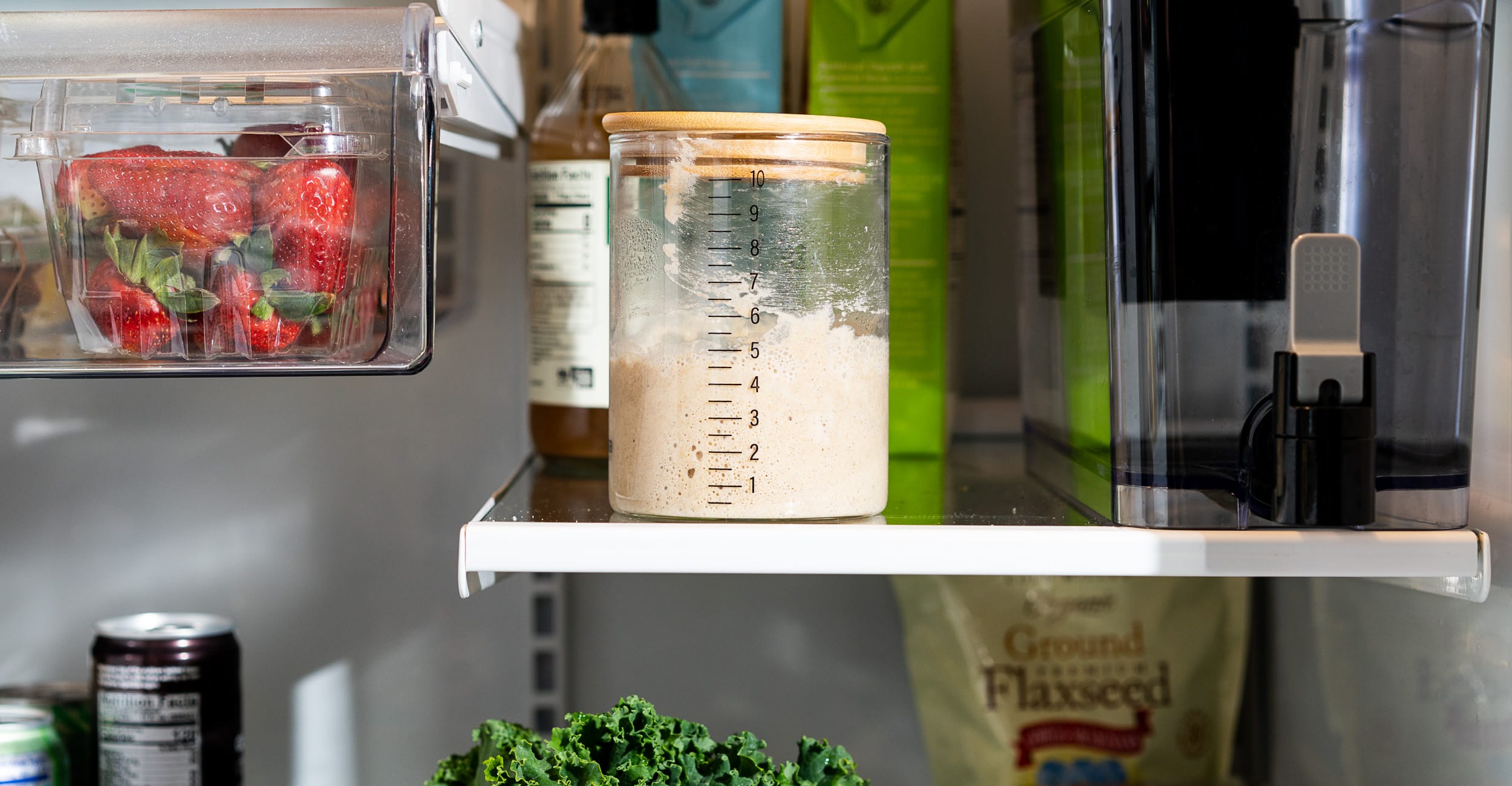

Articles
How To Store Sourdough Starter In The Fridge
Modified: February 28, 2024
Learn the best method to store your sourdough starter in the fridge with these helpful articles. Keep your starter fresh and ready for baking!
(Many of the links in this article redirect to a specific reviewed product. Your purchase of these products through affiliate links helps to generate commission for Storables.com, at no extra cost. Learn more)
Introduction
Sourdough bread has gained popularity in recent years due to its distinct flavor and texture. One of the key components of making sourdough bread is the sourdough starter, a mixture of flour and water that ferments naturally and forms the leavening agent for the bread. While many bakers prefer to keep their sourdough starter at room temperature for regular use, there may be times when you need to store it in the fridge.
Storing your sourdough starter in the fridge can be a convenient and practical solution, especially if you need to take a break from baking or if you want to slow down the fermentation process. Although refrigeration slows down the activity of the yeast and bacteria in the starter, it does not harm or kill them. With proper care, you can store your sourdough starter in the fridge for extended periods without any issues.
In this article, we will explore why storing your sourdough starter in the fridge can be beneficial, how to prepare your starter for refrigeration, the best container to use, and provide a step-by-step guide on storing your sourdough starter in the fridge. We will also discuss how to care for your refrigerated sourdough starter and share some helpful tips for maintaining its health and vitality. So, let’s dive in and learn how to store your sourdough starter in the fridge!
Key Takeaways:
- Storing your sourdough starter in the fridge extends its shelf life, offers baking flexibility, enhances flavor development, and reduces maintenance, providing convenience and control over the fermentation process.
- Properly preparing, choosing the right container, and regular care are essential for maintaining a healthy and vibrant sourdough starter in the fridge, ensuring it’s ready for baking whenever needed.
Read more: How To Store Sourdough Starter
Why Store Sourdough Starter in the Fridge
Storing your sourdough starter in the fridge offers several benefits that make it a popular choice among bakers. Let’s explore why keeping your sourdough starter in the fridge can be advantageous:
- Extended Shelf Life: The primary reason for storing your sourdough starter in the fridge is to prolong its shelf life. By reducing the temperature, you slow down the fermentation process, allowing your starter to stay dormant for an extended period. This means you can take breaks from baking without worrying about feeding and maintaining your starter as frequently as you would at room temperature.
- Flexibility: Refrigerating your sourdough starter gives you more flexibility with your baking schedule. If you don’t have time to bake regularly, keeping the starter in the fridge allows you to keep it alive without the need for daily feedings. You can easily revive and use it whenever you’re ready to bake.
- Flavor Development: Refrigeration can enhance the flavor profile of your sourdough bread. The cooler temperature slows down the fermentation process, allowing the flavors to develop more slowly and intensify. This results in a deeper, more complex flavor in your bread.
- Controlled Fermentation: Refrigerating your sourdough starter provides better control over the fermentation process. Fermenting at room temperature can be unpredictable, especially in warm climates where the starter can quickly become overactive. By refrigerating your starter, you can slow down and regulate the fermentation, creating a more consistent and predictable rise in your bread.
- Reduced Maintenance: Unlike a room-temperature sourdough starter that requires regular feeding, a refrigerated starter needs less frequent attention. You can feed it less often, typically once a week, reducing the time and effort required for maintenance.
Now that we understand the advantages of storing your sourdough starter in the fridge, let’s move on to how to prepare your starter for refrigeration.
Preparing Your Sourdough Starter for Refrigeration
Before you can store your sourdough starter in the fridge, it’s essential to prepare it properly to ensure its health and vitality during refrigeration. Follow these steps to prepare your sourdough starter for refrigeration:
- Feed Your Starter: A few days before refrigerating your sourdough starter, make sure it is active and in a healthy state. Feed it with equal parts of flour and water, discarding a portion of the existing starter to maintain a small amount. This feeding will ensure that your starter is vigorous and well-nourished before entering the dormant state in the fridge.
- Stabilize the Starter: Allow the fed starter to ferment at room temperature for a few hours or until it shows signs of being active: rising, forming bubbles, and emitting a slightly sour aroma. This step ensures that your starter is active and ready to go before refrigeration. It also helps establish a stable and healthy culture, setting it up for a successful period of dormancy in the fridge.
- Scale Down: Before transferring your sourdough starter to the fridge, consider reducing its size. This step is particularly helpful if you don’t plan on baking frequently and want to minimize the amount of extra starter you need to store. Discard a portion of your active starter and retain only a small portion (around 50-100 grams). This smaller amount will require less space and feeding while in the fridge.
- Clean the Container: Ensure the container you plan to use for refrigeration is clean and free of any traces of old starter or residue. This step prevents any potential contaminants or off-flavors from affecting your sourdough starter during storage.
- Transfer and Cover: Transfer your scaled-down starter to the clean container and cover it well. A lid or plastic wrap can be used to seal the container and prevent any unwanted air exposure.
- Note Feeding Schedule: If you have a specific feeding schedule in mind for your refrigerated starter, make a note of it for easy tracking. Whether you plan to feed it once a week or once every two weeks, creating a schedule ensures that you don’t forget to maintain your starter’s health during its time in the fridge.
By following these steps, you can ensure that your sourdough starter is well-prepared for refrigeration. In the next section, we will discuss the best containers for storing your sourdough starter in the fridge.
Choosing the Right Container for Storing Sourdough Starter
Selecting the appropriate container for storing your sourdough starter in the fridge is crucial to maintain its freshness and prevent any unwanted flavors or odors from developing. Here are some factors to consider when choosing a container:
- Non-Reactive Material: Opt for a container made of a non-reactive material such as glass or food-grade plastic. Avoid using containers made of metal or other reactive materials, as they can interact with the acidic nature of the sourdough starter and impact its flavor.
- Tight-Sealing Lid: Look for a container with a tight-sealing lid to prevent air exposure. This will help keep your sourdough starter fresh and protect it from absorbing any odors present in the fridge.
- Adequate Size: Choose a container that provides ample space for your sourdough starter to expand during fermentation. As the starter may produce gas and rise, ensure that the container has enough volume to accommodate this growth without overflowing.
- Transparent or Marked: Opt for a transparent container or one with marked measurements to easily track the growth and activity of your sourdough starter. This allows you to monitor its progress and determine when it requires feeding or maintenance.
- Easy to Clean: Select a container that is easy to clean and sanitize. Regular cleaning helps maintain the hygiene of your sourdough starter and prevents the buildup of any unwanted bacteria or contaminants.
- Stackable: If you plan to store multiple containers of sourdough starter in the fridge, consider using stackable containers to optimize space. This allows for efficient organization and easy access to your starters.
After considering these factors, choose a container that best meets your preferences and requirements. Remember that maintaining a clean and sanitary environment for your sourdough starter is essential for its overall health and longevity while in the fridge.
In the next section, we will provide a step-by-step guide on storing your sourdough starter in the fridge.
Storing Sourdough Starter in the Fridge: Step-by-step Guide
Now that your sourdough starter is prepared and you have chosen the right container, let’s proceed with storing it in the fridge using these simple steps:
- Transfer the Starter: Pour your prepared sourdough starter into the chosen container, ensuring it is clean and sanitized. Use a spatula or spoon to scrape down the sides and remove any air bubbles that may have formed.
- Seal the Container: Securely cover the container with a tight-fitting lid or plastic wrap to prevent air exposure and maintain the freshness of the sourdough starter.
- Label and Date: Label the container with the date you stored the sourdough starter in the fridge. This will help you track its age and know when it needs to be used or refreshed.
- Place in the Fridge: Find a suitable spot in your fridge where the temperature remains relatively consistent. Avoid placing the container near the back of the fridge or near items that emanate strong odors.
- Note the Feeding Schedule: If you have a specific feeding schedule for your refrigerated starter, make a note of it. This ensures that you remember to take it out of the fridge, feed it, and bring it back to its cool storage environment on the designated days.
By following these steps, you can safely store your sourdough starter in the fridge for an extended period. Remember to handle the starter gently during the transfer process and maintain its cleanliness to ensure optimal results.
Now that you understand how to store your sourdough starter in the fridge, let’s move on to the next section where we will discuss how to care for your refrigerated sourdough starter.
When storing sourdough starter in the fridge, make sure to use a clean, airtight container to prevent contamination. Feed the starter before refrigerating and remember to feed it regularly to keep it active.
Read more: How To Store A Sourdough Starter
Caring for Your Refrigerated Sourdough Starter
Although your sourdough starter is in a dormant state while stored in the fridge, it still requires occasional care to ensure its health and vitality. Here are some essential tips for caring for your refrigerated sourdough starter:
- Regular Feeding: Even though your sourdough starter is in the fridge, you still need to feed it to keep the yeast and bacteria alive and thriving. Depending on your feeding schedule, take your starter out of the fridge, discard a portion of it, and feed it with fresh flour and water. This feeding process helps rejuvenate the yeast and bacteria, ensuring their continued activity and fermentation potential.
- Temperature Adjustment: Remove your sourdough starter from the fridge and allow it to come to room temperature before feeding. This adjustment in temperature helps the yeast and bacteria become more active and responsive to the feeding, enhancing their capability to leaven bread effectively.
- Feeding Ratio: When feeding your refrigerated sourdough starter, it is essential to maintain the right feeding ratio. Typically, feed your starter with equal parts of flour and water by weight, or follow your preferred feeding ratio as per your specific recipe or preferences.
- Rest and Rise: After feeding your sourdough starter, let it rest at room temperature for a few hours, allowing the yeast and bacteria to feed on the fresh nutrients and become more active. This resting period helps restore their vitality and fermentation potential.
- Return to the Fridge: Once your sourdough starter has had time to rest and rise, you can return it to the fridge until the next feeding. Make sure to cover the container tightly and label it with the updated date to keep track of its freshness and usage.
- Monitor the Activity: Regularly monitor the activity and appearance of your refrigerated sourdough starter. Look for signs of fermentation, such as bubbles forming on the surface, a slight rise in volume, and a pleasant aroma. These indications confirm that your starter is healthy and active.
By following these care instructions, you can maintain a healthy and vibrant sourdough starter even while it stays dormant in the fridge. Regular feeding and attention will ensure that your starter is ready to be used whenever you’re ready to bake.
In the next section, we will provide some additional tips for maintaining a healthy sourdough starter while it’s stored in the fridge.
Tips for Maintaining a Healthy Sourdough Starter in the Fridge
Keeping your sourdough starter healthy and thriving while stored in the fridge requires some additional care and attention. Here are some valuable tips to help you maintain a healthy sourdough starter:
- Consistent Feeding Schedule: Establish a regular feeding schedule for your refrigerated sourdough starter. This consistency helps maintain the balance of yeast and bacteria and ensures the starter remains active and healthy over an extended period.
- Temperature Control: While it’s important to store your sourdough starter in the fridge, be mindful of the temperature fluctuations. Avoid placing the container near the back of the fridge or near areas that experience temperature variations, such as the door. Keeping the temperature as stable as possible helps maintain the dormant state of your starter.
- Hygienic Practices: Practice good hygiene when handling your sourdough starter, both during feedings and when taking it out of the fridge. Wash your hands thoroughly before touching the starter, and use clean utensils and containers to prevent any unwanted contaminants from entering your starter.
- Regular Observation: Take a moment to observe your refrigerated sourdough starter when you feed it. Look for signs of activity and fermentation, such as bubbles, rise, and a pleasant aroma. These visual and olfactory cues indicate the health and vitality of your starter.
- Use and Refresh: Don’t forget to use and refresh your refrigerated sourdough starter periodically. Plan baking projects or experiments that allow you to utilize the starter, ensuring it stays active and well-maintained.
- Document and Adjust: Keep a record of your sourdough starter’s behavior and adjust your feeding schedule or techniques accordingly. This documentation helps you understand the unique characteristics of your starter and make necessary adjustments for its optimal health and performance.
- Don’t Overlook Maintenance: Even though your sourdough starter is in the fridge, it still requires regular maintenance. Don’t neglect to feed and refresh it according to your predetermined schedule to ensure its long-term health and viability.
By following these tips, you can maintain a healthy, active, and reliable sourdough starter even while it resides in the fridge. Regular attention, observation, and adjustments will help ensure that your starter remains in excellent condition and ready for baking whenever you need it.
Now that we have covered the tips to care for your refrigerated sourdough starter, let’s move on to address some frequently asked questions about storing sourdough starter in the fridge.
Frequently Asked Questions (FAQs)
Q: How long can I store my sourdough starter in the fridge?
A: With proper care and regular feeding, you can store your sourdough starter in the fridge for several weeks, even up to a few months. Some bakers have successfully stored their starter for up to six months or longer. However, it’s important to monitor its activity and health during this time to ensure its viability.
Q: Can I freeze my sourdough starter instead of refrigerating it?
A: Yes, freezing your sourdough starter is another viable option for long-term storage. Freezing effectively pauses the fermentation process and extends the shelf life of your starter. Make sure to portion your starter into smaller containers or freeze it on a baking sheet before transferring to a freezer bag for easier portioning and future use.
Q: How often should I feed my refrigerated sourdough starter?
A: The frequency of feedings for your refrigerated sourdough starter depends on your specific needs and baking schedule. As a general guideline, it is recommended to feed your starter once a week. However, if you require a more active starter or plan to bake more frequently, you can feed it every few days. Adjust the feeding frequency based on the response and activity of your starter.
Q: Can I use my refrigerated sourdough starter straight from the fridge?
A: It is not recommended to use your sourdough starter straight from the fridge without allowing it to come to room temperature first. Bringing the starter to room temperature before using it in your bread recipes ensures that the yeast and bacteria are active and can effectively leaven the dough.
Q: How do I know if my refrigerated sourdough starter is still healthy?
A: A healthy refrigerated sourdough starter will show signs of activity and fermentation when fed. Look for bubbles forming on the surface, a slight rise in volume, and a pleasant, slightly sour aroma. These indications confirm that your starter is healthy and ready to be used.
Q: Can I store my sourdough starter in a different location other than the fridge?
A: The fridge is the most common and convenient place to store your sourdough starter for extended periods. However, if you live in a cool environment, you may be able to store your starter in a cool pantry or cellar. The goal is to maintain a temperature between 40 to 50°F (4 to 10°C) to keep the fermentation process slow and maintain the viability of the starter.
These are just a few frequently asked questions about storing sourdough starter in the fridge. If you have more specific inquiries, it is always beneficial to consult trusted baking resources or experienced bakers for guidance.
Now let’s wrap up our discussion on storing sourdough starter in the fridge.
Conclusion
Storing your sourdough starter in the fridge can be a practical and convenient solution for bakers who want flexibility in their baking schedule or need to take a break from regular baking. By following the steps outlined in this article, you can ensure that your sourdough starter remains healthy and viable during its time in the fridge.
We discussed the benefits of storing your sourdough starter in the fridge, including extended shelf life, flexibility in baking schedule, flavor development, controlled fermentation, and reduced maintenance. Properly preparing your sourdough starter for refrigeration, choosing the right container, and implementing regular care and feeding routines are essential for maintaining its health and vitality.
Remember to observe your refrigerated sourdough starter regularly, noting its activity and appearance. Adjust your feeding schedule and techniques if necessary, and be mindful of hygiene practices when handling your starter. By following these guidelines, you can enjoy a healthy and robust sourdough starter ready to be used whenever you’re ready to bake.
Lastly, we provided some frequently asked questions and their answers to address common concerns about storing sourdough starter in the fridge. If you have any further inquiries, it is always valuable to consult trusted baking resources or experienced bakers for personalized advice.
Now that you have learned the ins and outs of storing sourdough starter in the fridge, it’s time to put this knowledge into practice. Enjoy the convenience and flexibility of having a ready-to-use sourdough starter at your fingertips, and embark on your baking adventures with confidence!
Frequently Asked Questions about How To Store Sourdough Starter In The Fridge
Was this page helpful?
At Storables.com, we guarantee accurate and reliable information. Our content, validated by Expert Board Contributors, is crafted following stringent Editorial Policies. We're committed to providing you with well-researched, expert-backed insights for all your informational needs.

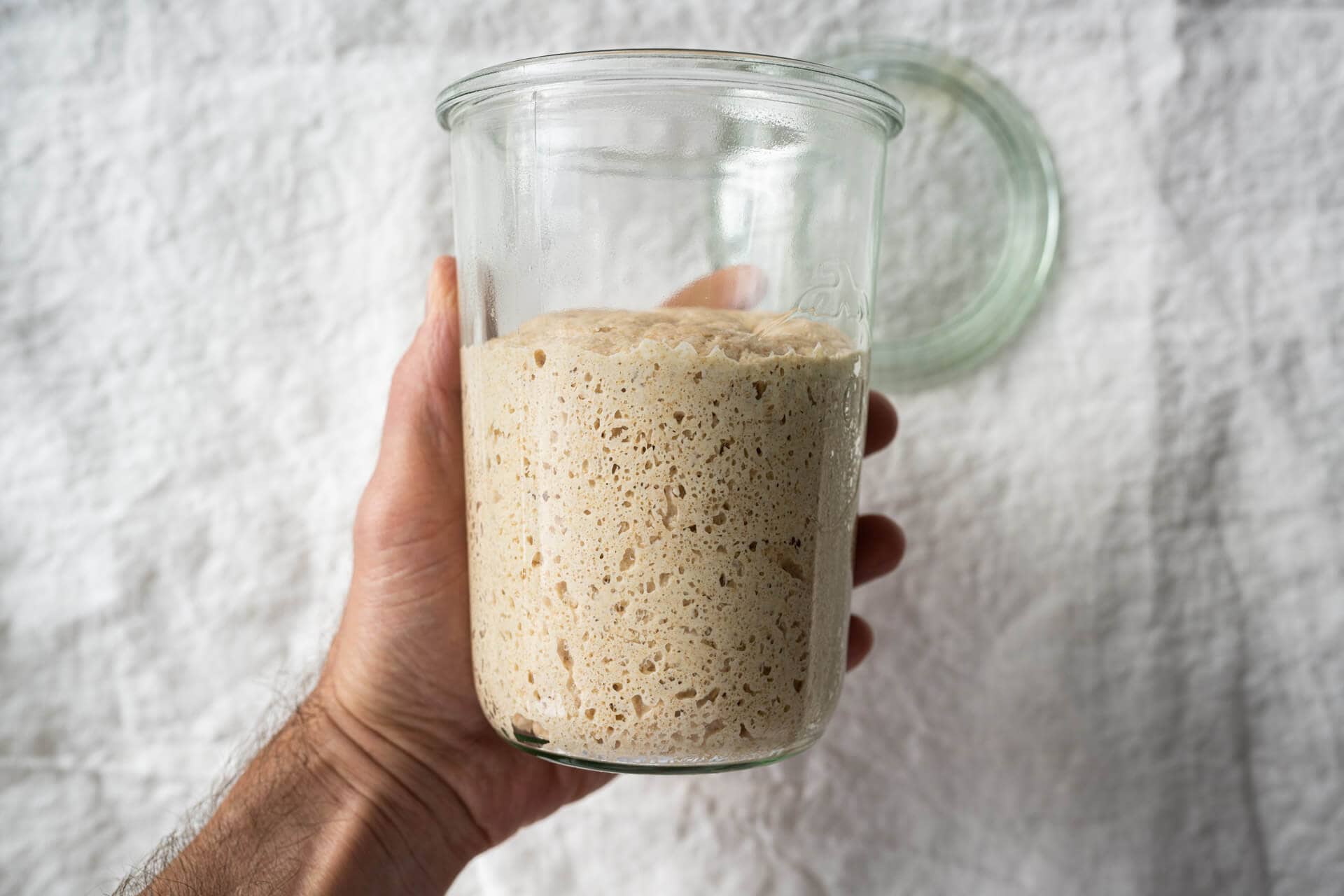
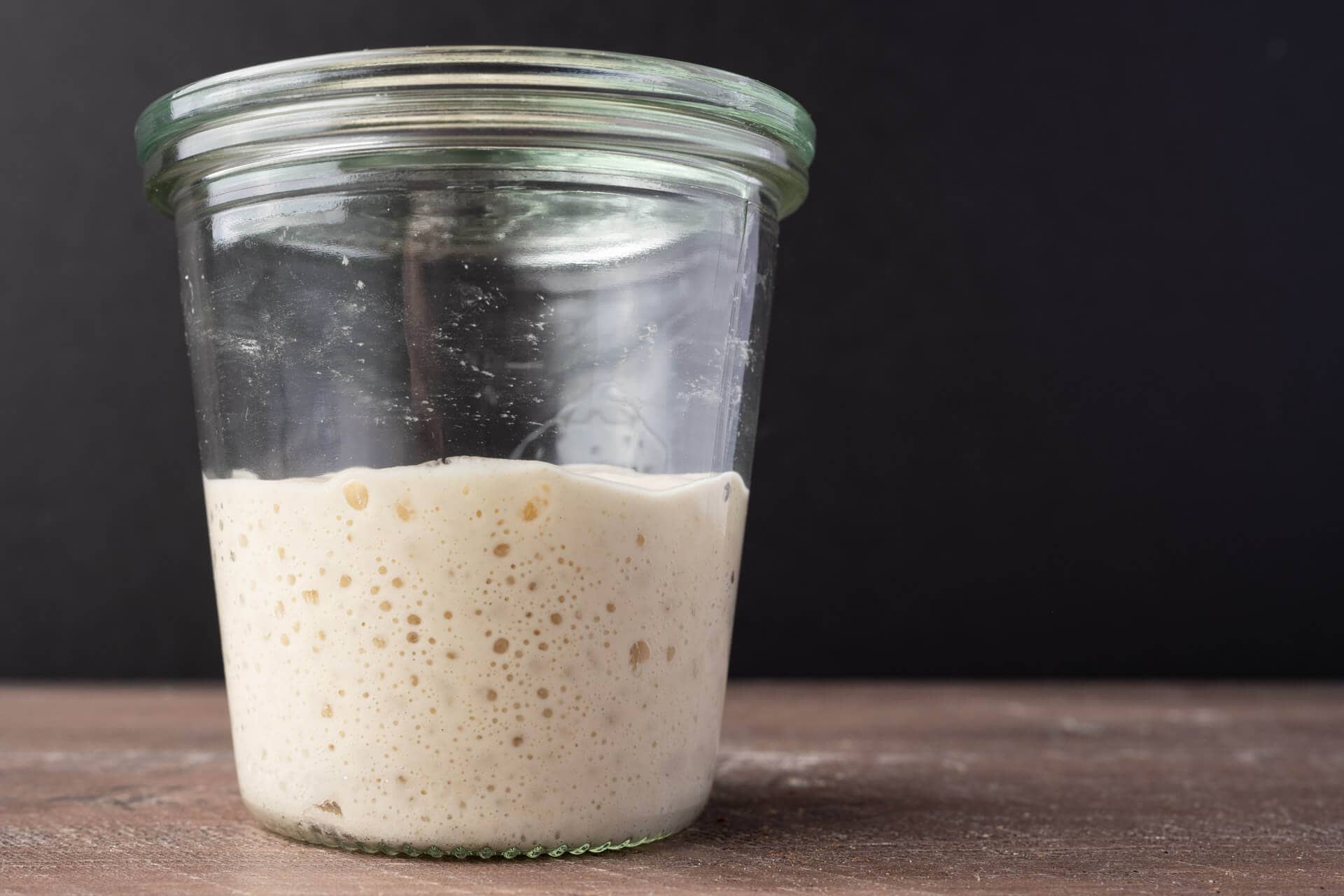
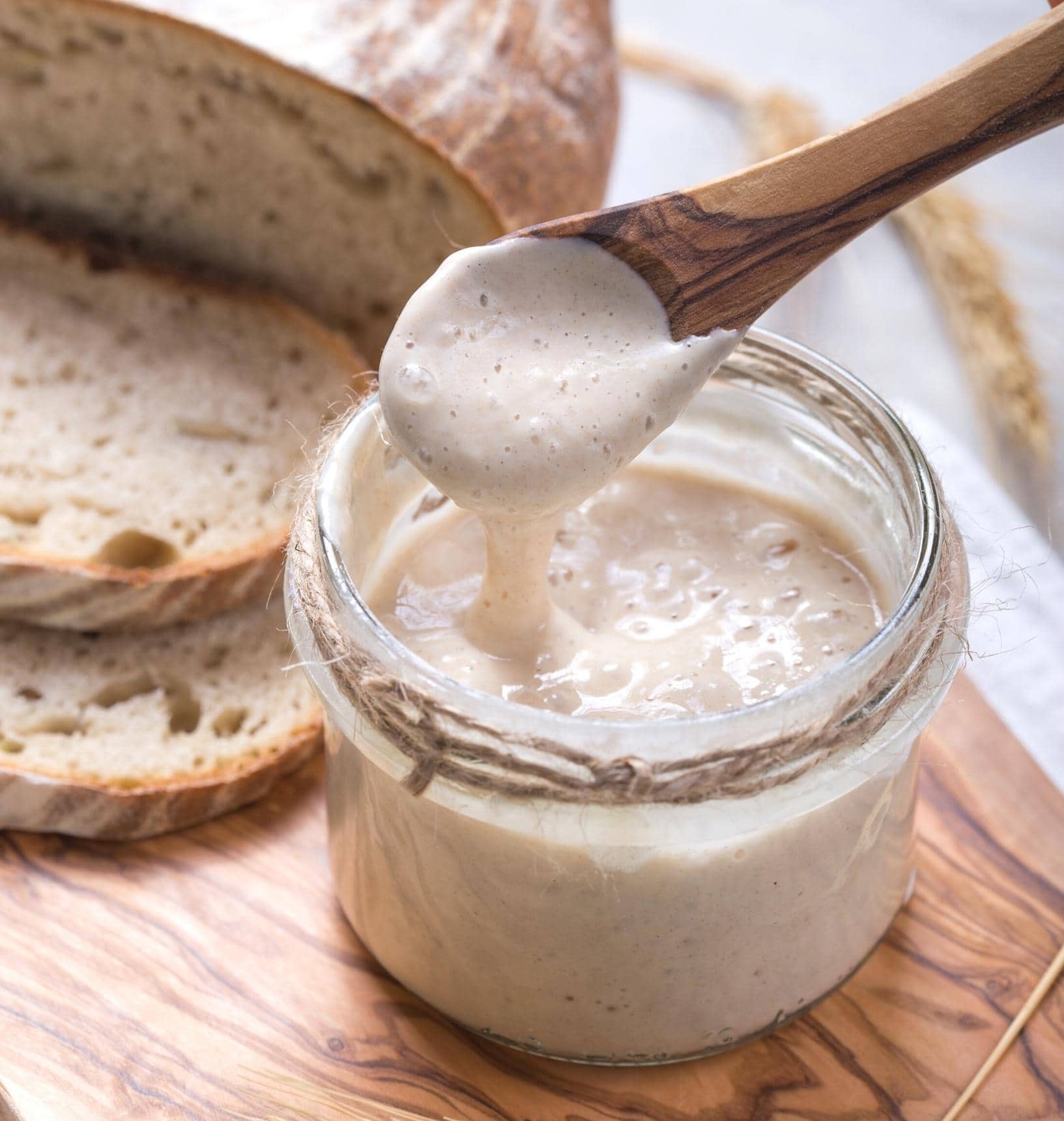
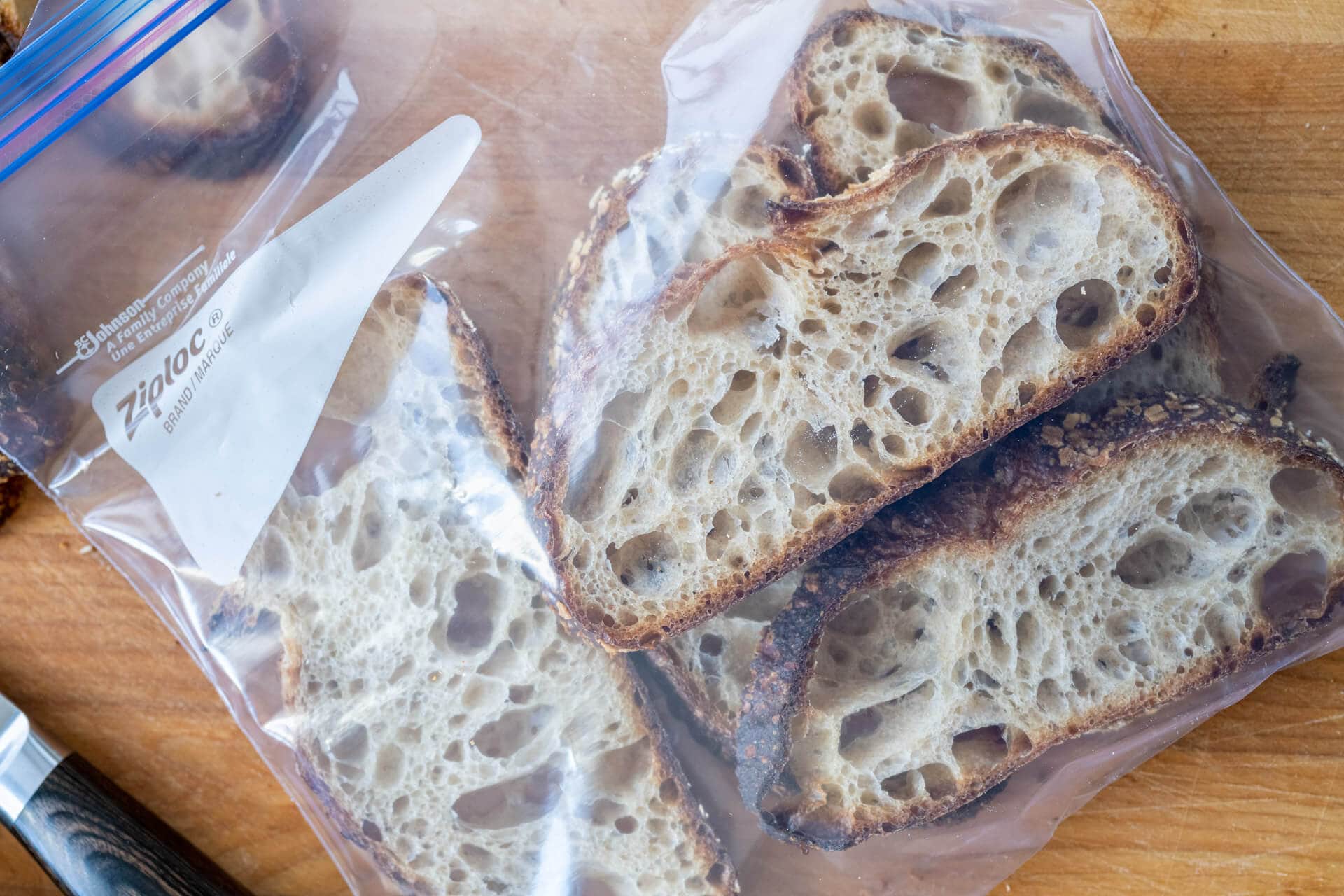
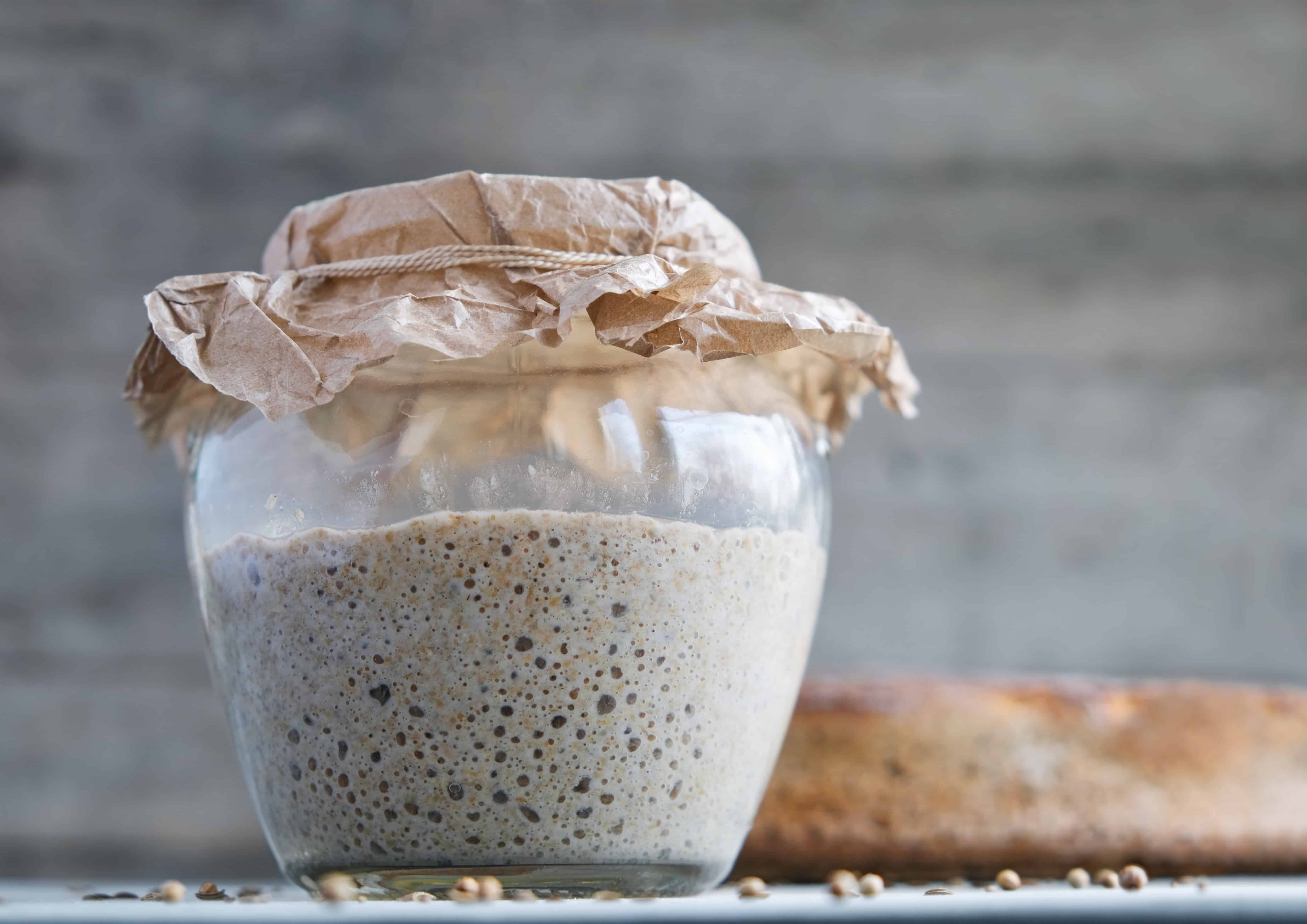
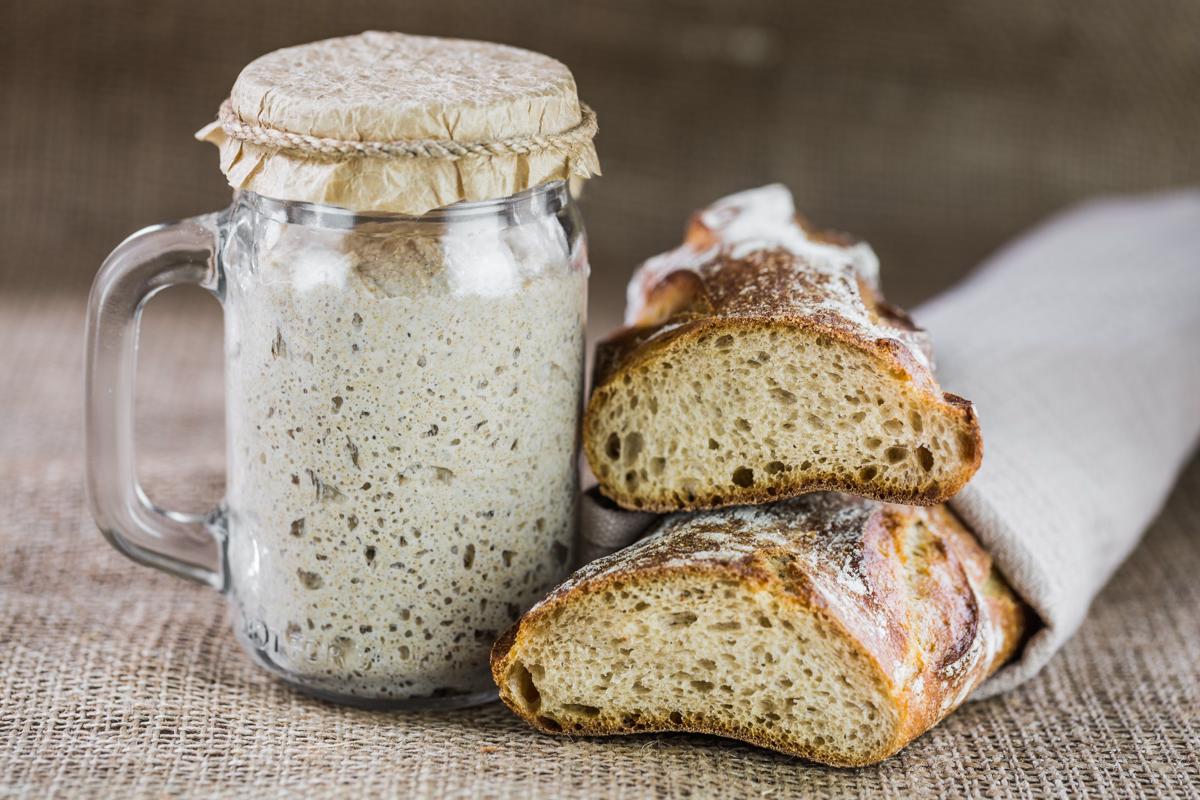
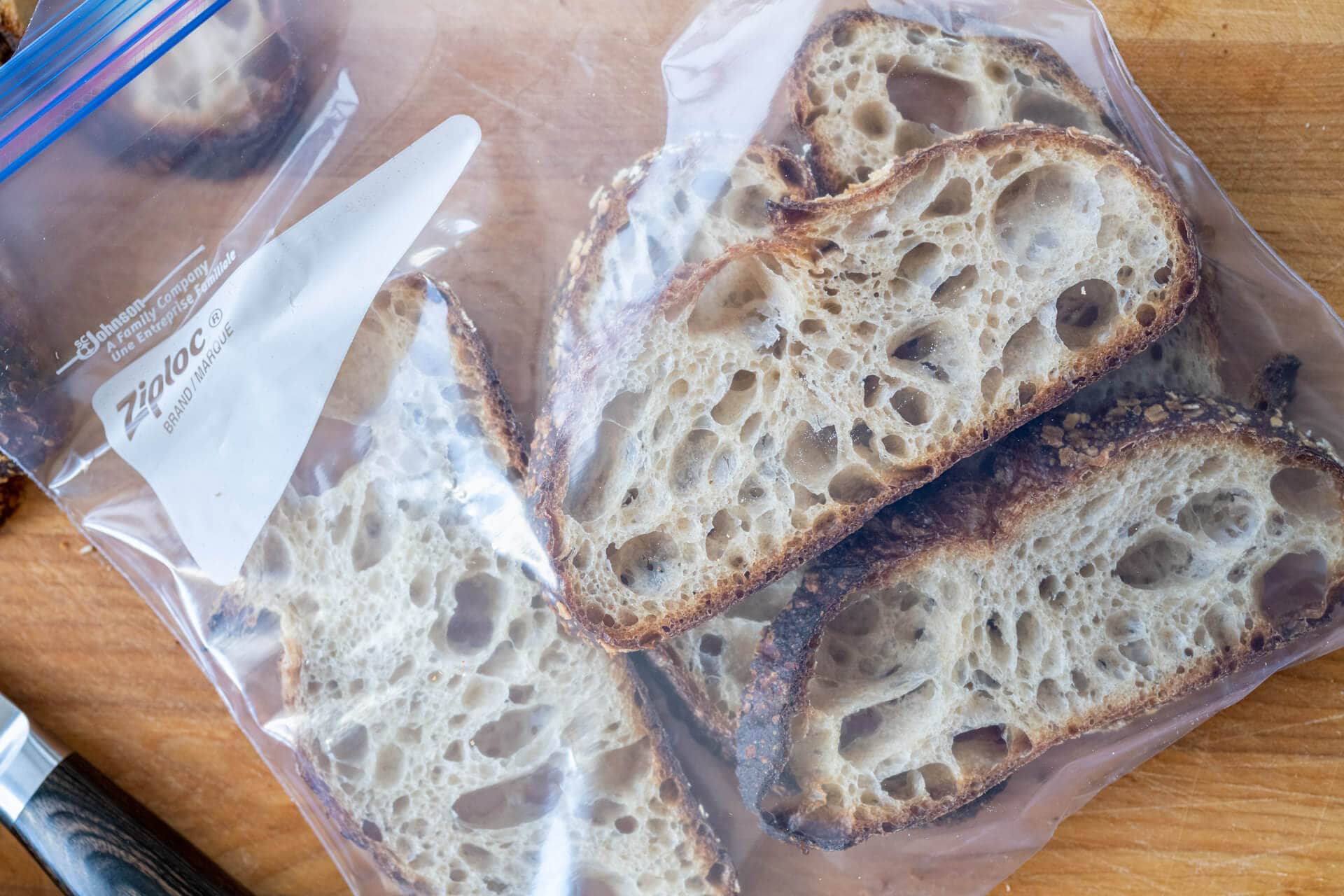
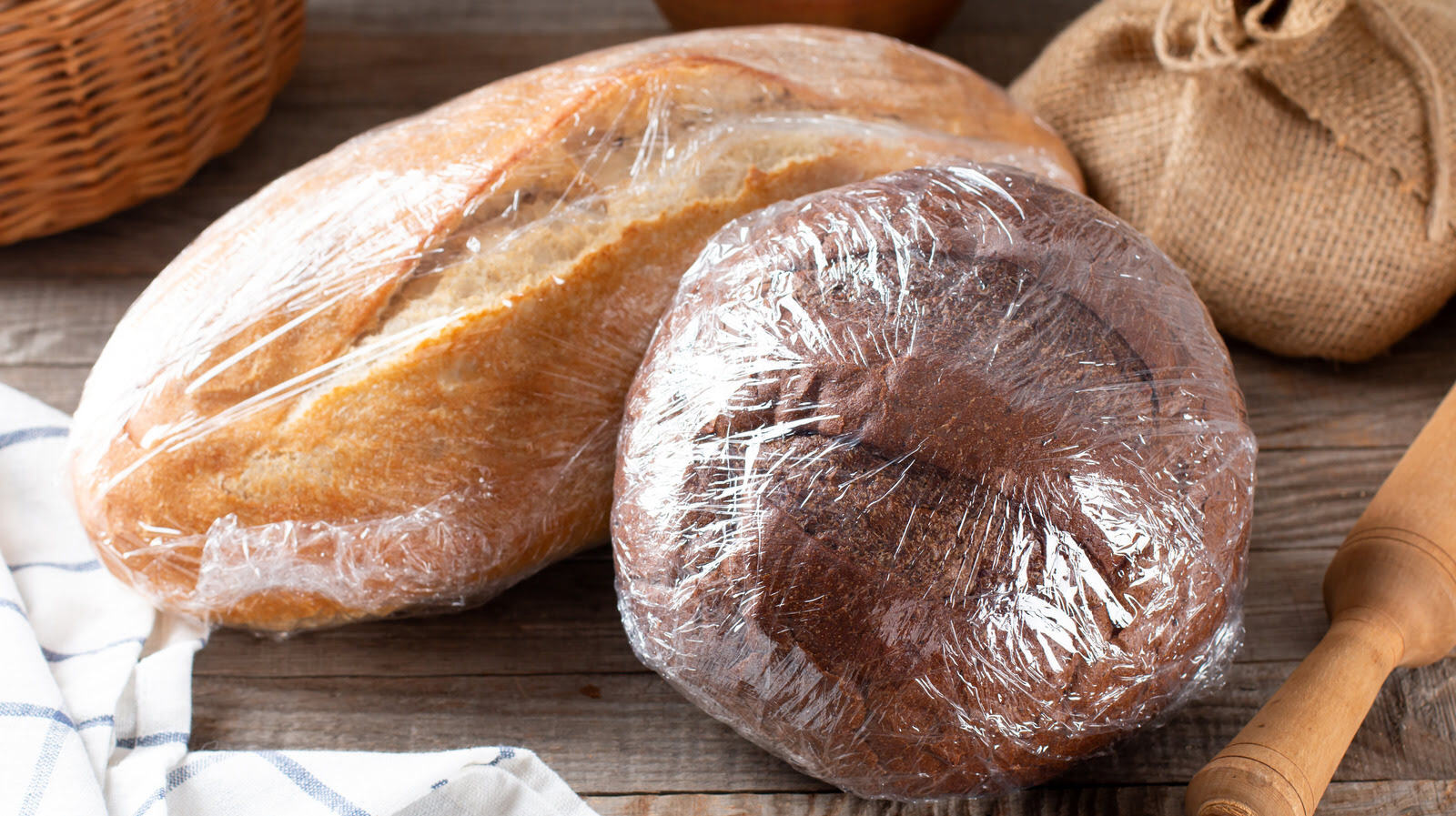
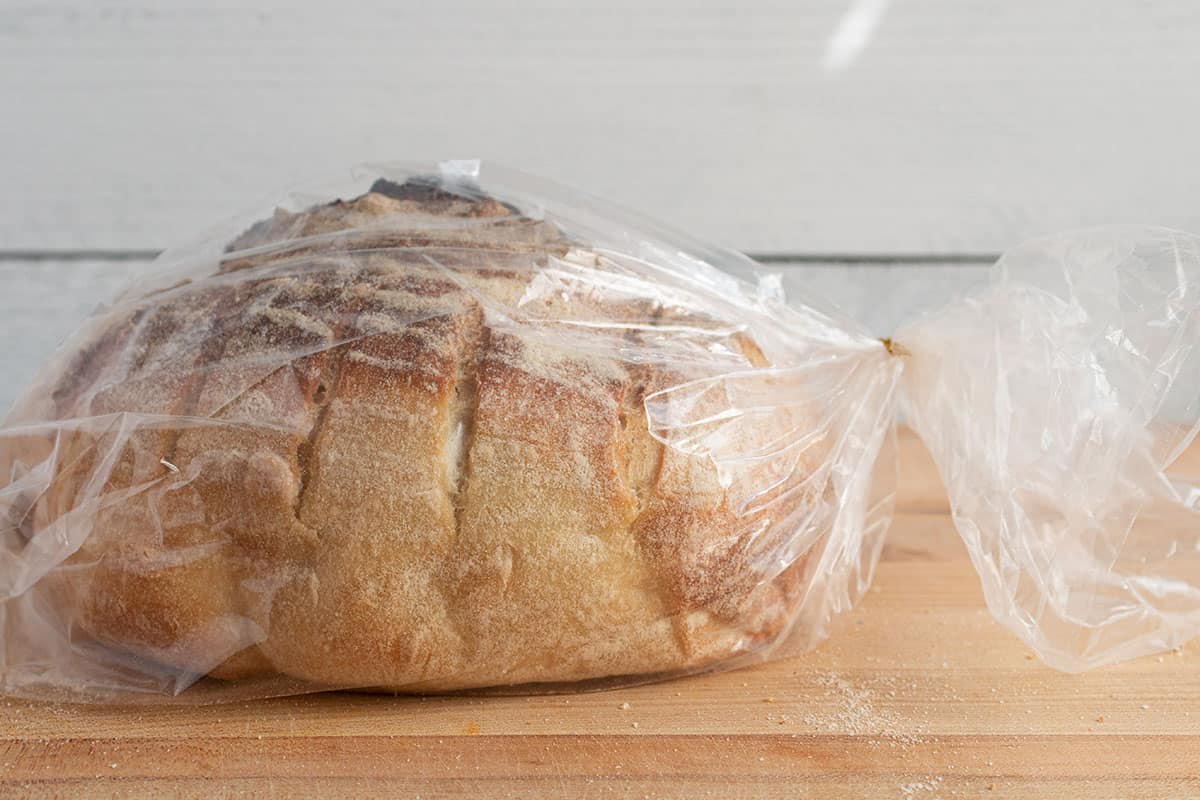

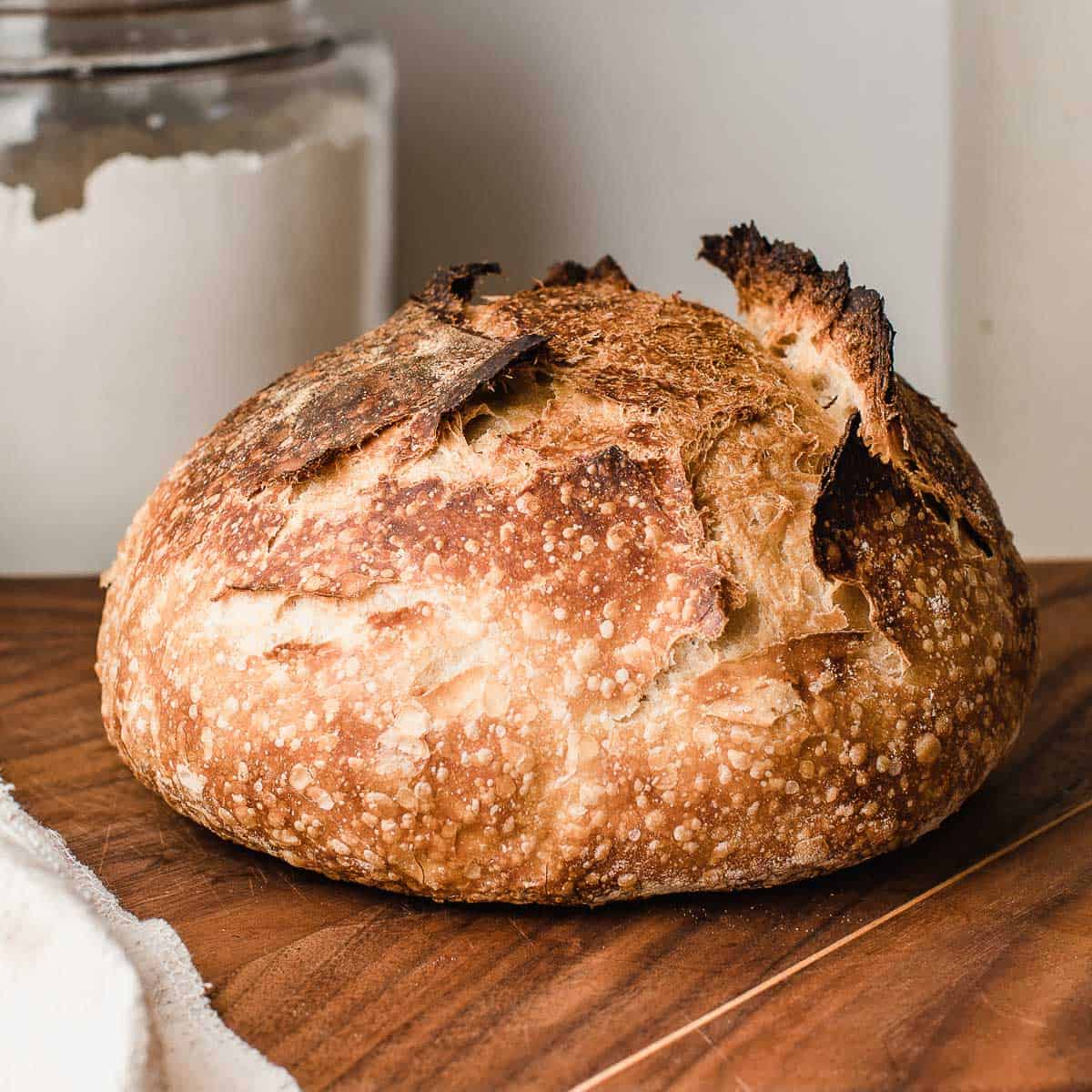
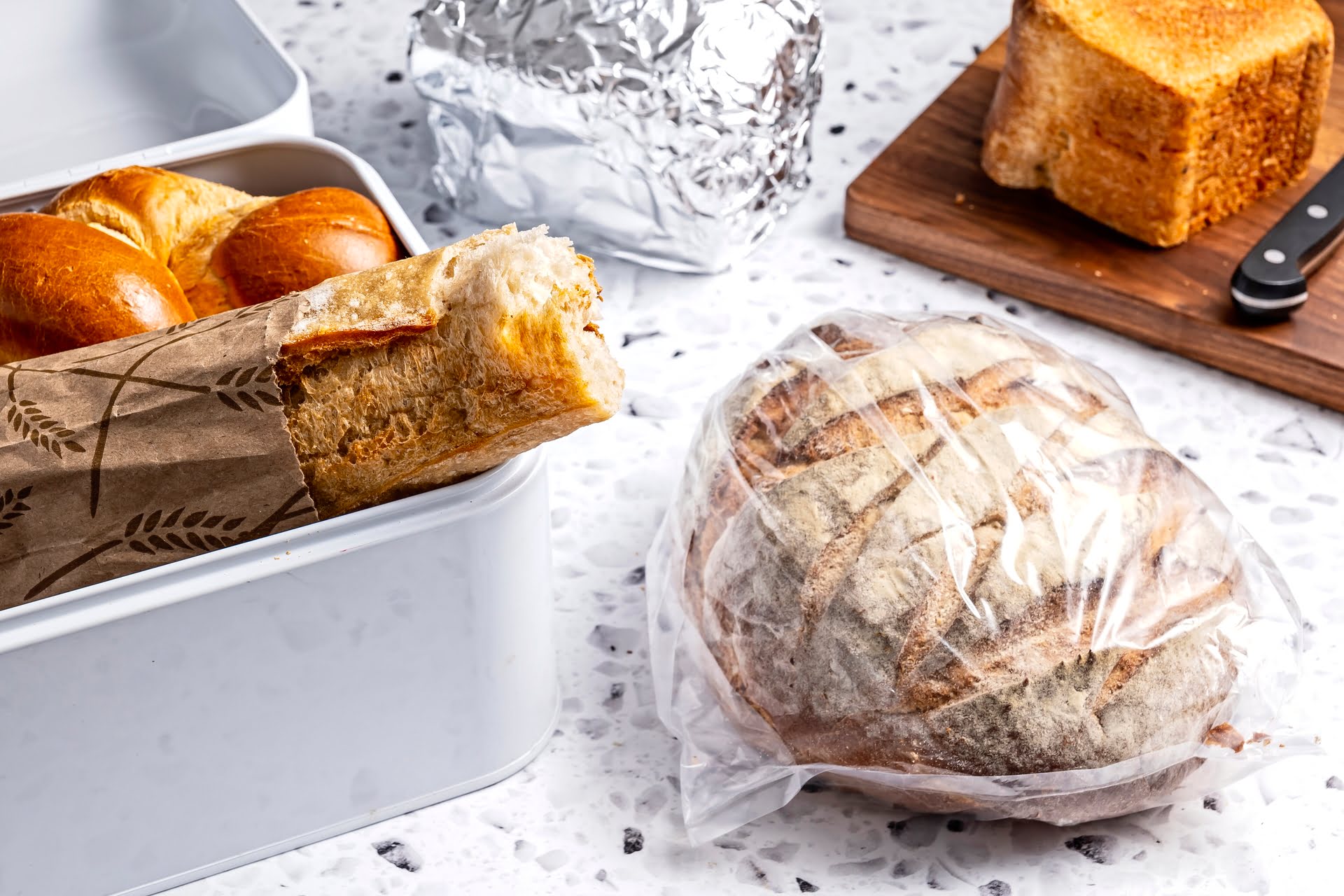
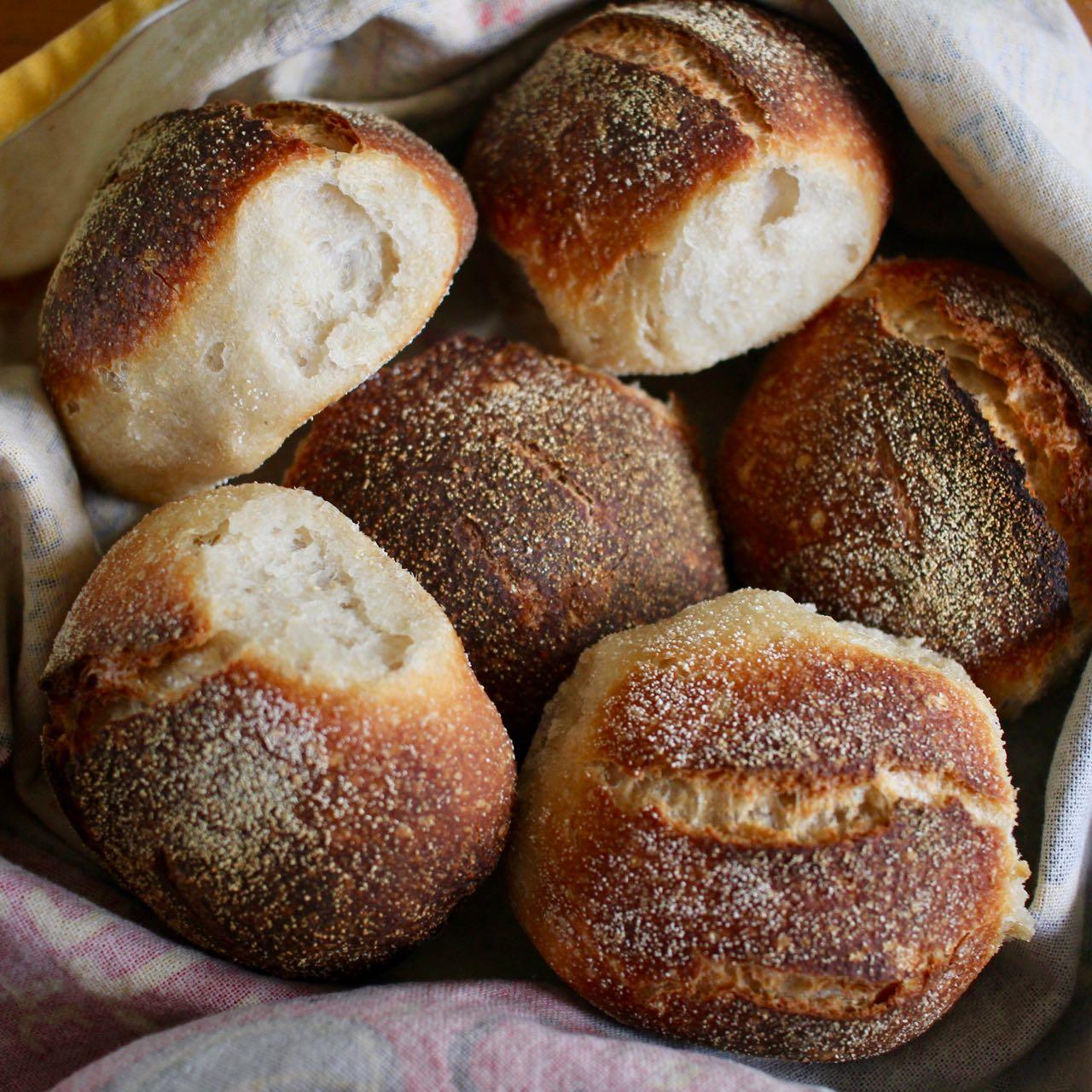

0 thoughts on “How To Store Sourdough Starter In The Fridge”